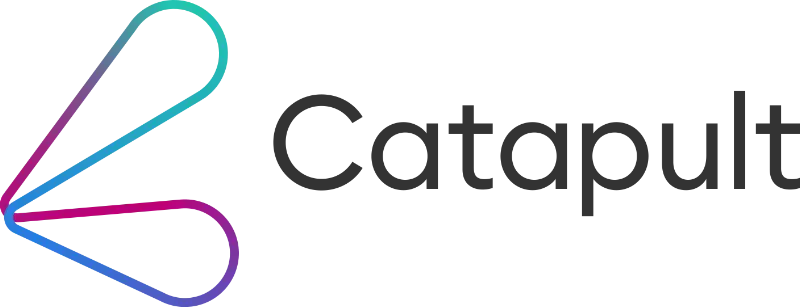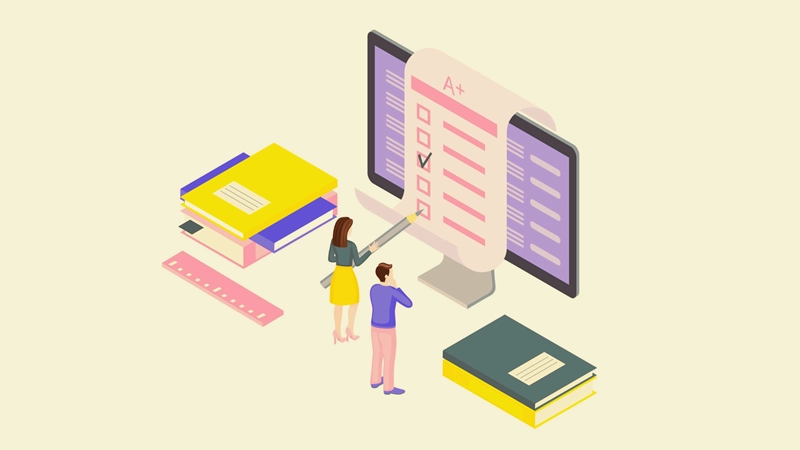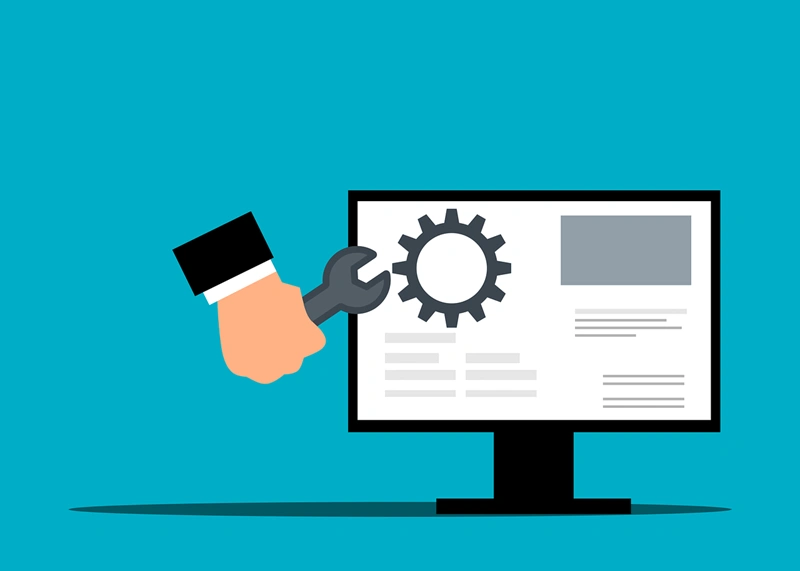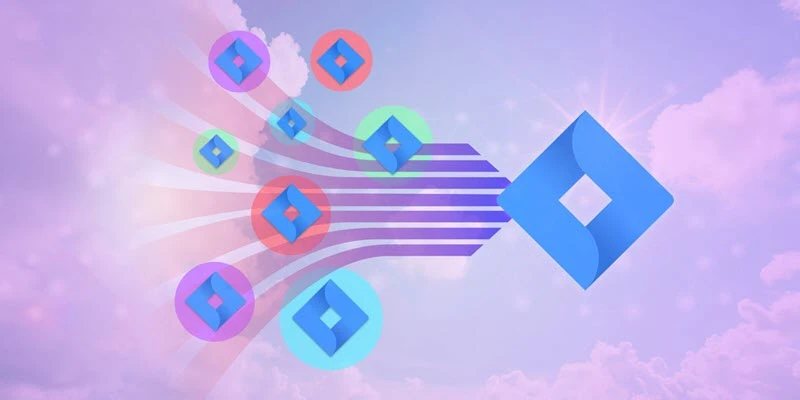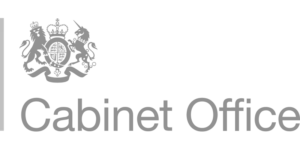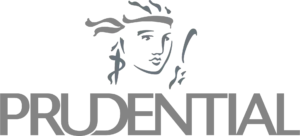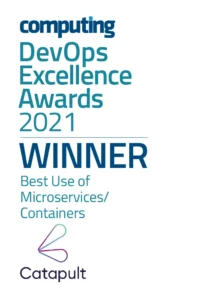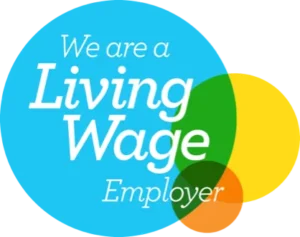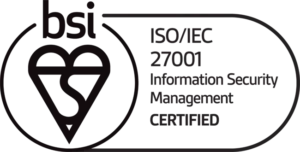What Does a Product Manager Do?
Many organisations are moving from traditional project delivery to a product-centric approach, but there is still a lack of understanding around what a product manager does and how they differ from a product owner Or if a product owner will do instead. Some wonder if a product owner can fill the gap or whether both roles are needed, and how they co-exist in a modern product management structure.
In a nutshell, there is a clear distinction (with some overlaps) but the size of your organisation, skillset and the sheer volume of new features and products will determine what your organisation needs. And if you want to maximise the value of those new or existing features you will need one, a product manager, but more than likely you’ll need both.
However, mystery still surrounds both roles. With differing definitions and expectations presented by several frameworks, the misunderstanding continues.
Further confusion arises over the term “manager”. Being a product manager isn’t a line manager role. A product manager’s main remit is to create value and not to manage people from a traditional “management” standpoint; no team directly reports into him or her.
The “manager” title often detracts away from the idea that becoming a great product manager requires a particular skill set that is learnt and built up over years of experience. A good product manager sets a vision, a goal and uses their know-how to support and coordinate engineers and developers to refine the feature or product. Just plonking someone into the role that may have a good-to-average understanding of product development won’t cut it.
So, what should a product manager do? What are their responsibilities? And how do they differ from a product owner?
Product Manager Responsibilities
- The main aim of a product manager is to generate revenue growth by delivering products that solve real customer problems.
- A product manager must consider external influences using the PESTEL framework (Political, Economic, Social, Technological, Environmental, Legal) to inform strategy and prioritization.
- Must hold a high level and a holistic view of the product or feature.
- If there is limited resource, a product manager with a good scrum master or technical lead experience should be able to take on the product owner role.
- Must stay close to the customer to gather feedback and data that drives value-driven product decisions.
- Plays a crucial role in delivering viable products that maximize value, using prioritization models like Cost of Delay Divided by Duration (CD3).
- Close to internal stakeholders to understand business objectives and strategy, which is translated into new products and features.
There are three main different phases that a product manager will be involved in, dependent on the stage of the product development cycle. These are:
Discovery Phase: Identifying Valuable Problems
A product manager is tasked with finding the most important problems and defines which of them should be solved first, based around delivering value.
This is a core function in agile product management, where fast feedback loops and iterative learning guide development.
Product data and customer feedback (such as feature toggling and A/B testing) play an important role in supplying clues as to where the opportunities may lie. Effective agile collaboration tools to support this discovery phase include Atlassian’s Confluence and Jira.
Planning Phase: Prioritising for Maximum Impact
This is where a product manager prioritises around creating value and decides which products or features are worth pursuing. At this stage, internal stakeholder engagement takes place to gain approval. Prioritising by value is crucial at this stage and with Atlassian’s Jira, work can be easily arranged around the CD3 model to align with company objectives.
Execution Phase: Build, Market, Operate
This part involves three different stages:
- Build– a product manager works with dev and design functions to create mock-ups, define dev requirements and run usability tests with customers. This stage never really ends due to constant product development and improvement. By using a collaboration tool such as Atlassian’s Confluence and Balsmaiq’s Wireframes, product development teams have a transparent, centralised location where any information can be shared and these tools support transparency and alignment, critical in modern product-led teams where speed and iteration matter.
- Sell/Market– before a product is built, a product manager should work with marketing and design to get the right level of exposure and awareness to boost revenue.
- Operations– once a product is launched, a product manager must be close to ops to make sure the product works and has the support it needs. A product manager’s job here is to track outages, crashes and bugs to ensure the customer experience isn’t negatively impacted.
How Product Owners Support the Product Manager
While the product manager focuses on the “why” and “what,” the product owner helps deliver the “how” by working closely with development teams on execution.
- The main aim is to support the product manager to deliver value through feature and product development.
- Takes technical decisions to support product strategy, with a focus in both the short and long term.
- Create technical requirements to deliver a new feature or product.
- Organises work based on the product backlog and agreed priorities (CD3).
- Manages communication back to the product manager.
- Inward focus
There is a clear misunderstanding of a product manager’s responsibilities, and with numerous frameworks defining the role differently, it’s no wonder companies struggle to implement it effectively.
Once a product-led approach is in place, a product manager becomes essential to understanding customer needs and translating them into high-value features or products that drive revenue growth.
However, depending on the size of your organisation and number of products, you may well need a product owner as well to support value creation but start with a product manager first.
Learn more about transitioning to a product-centric organisation approach.
